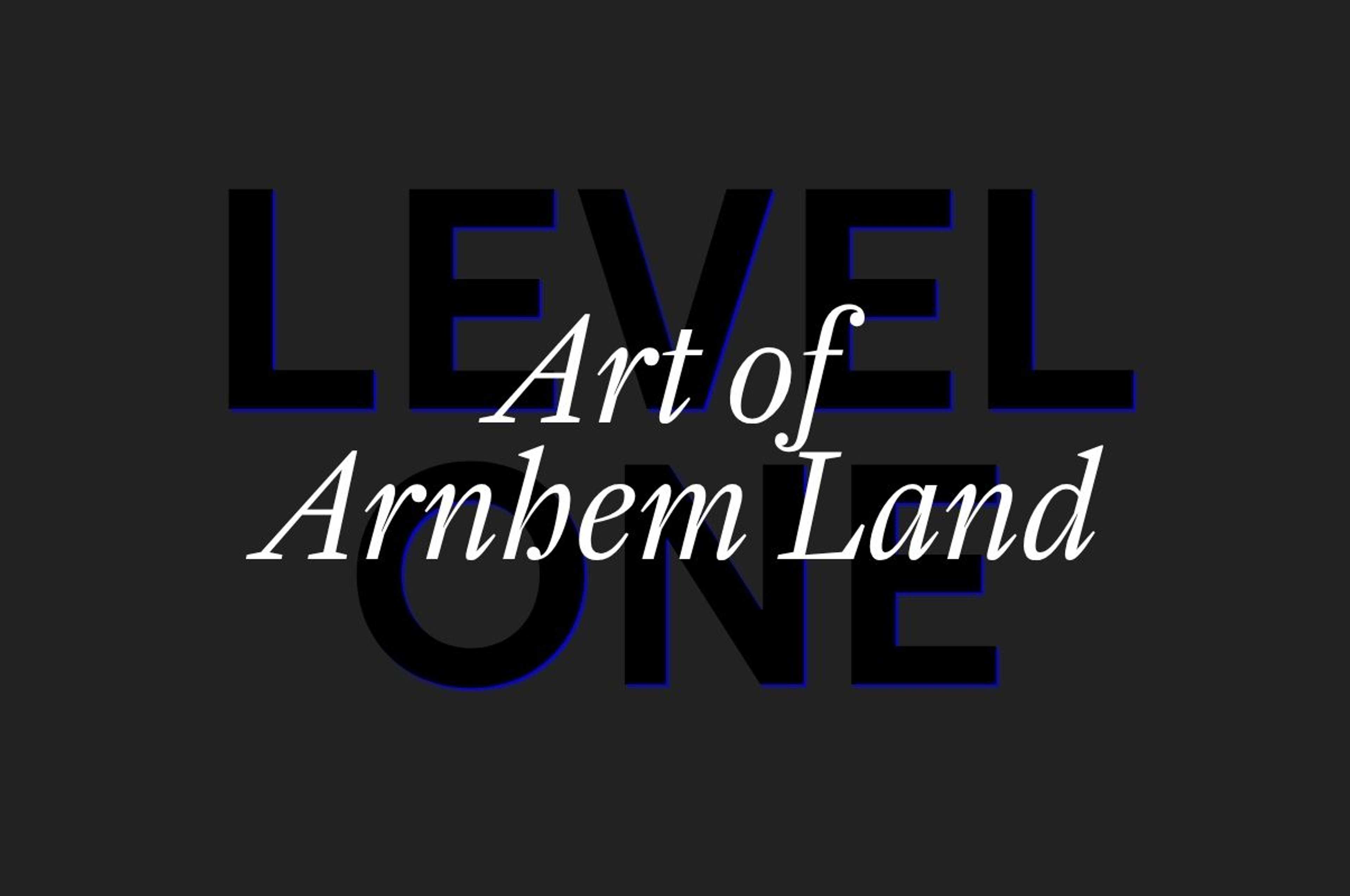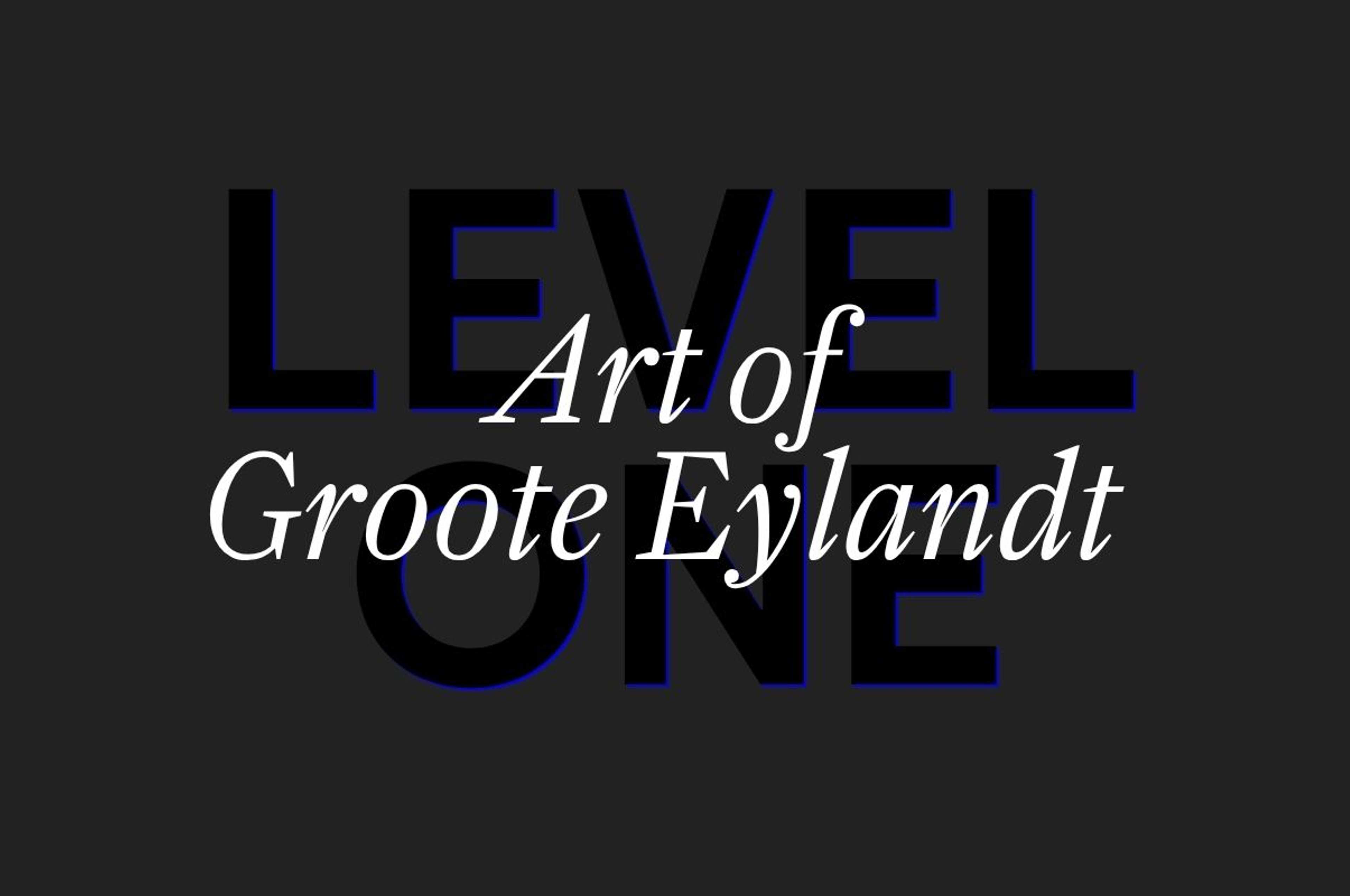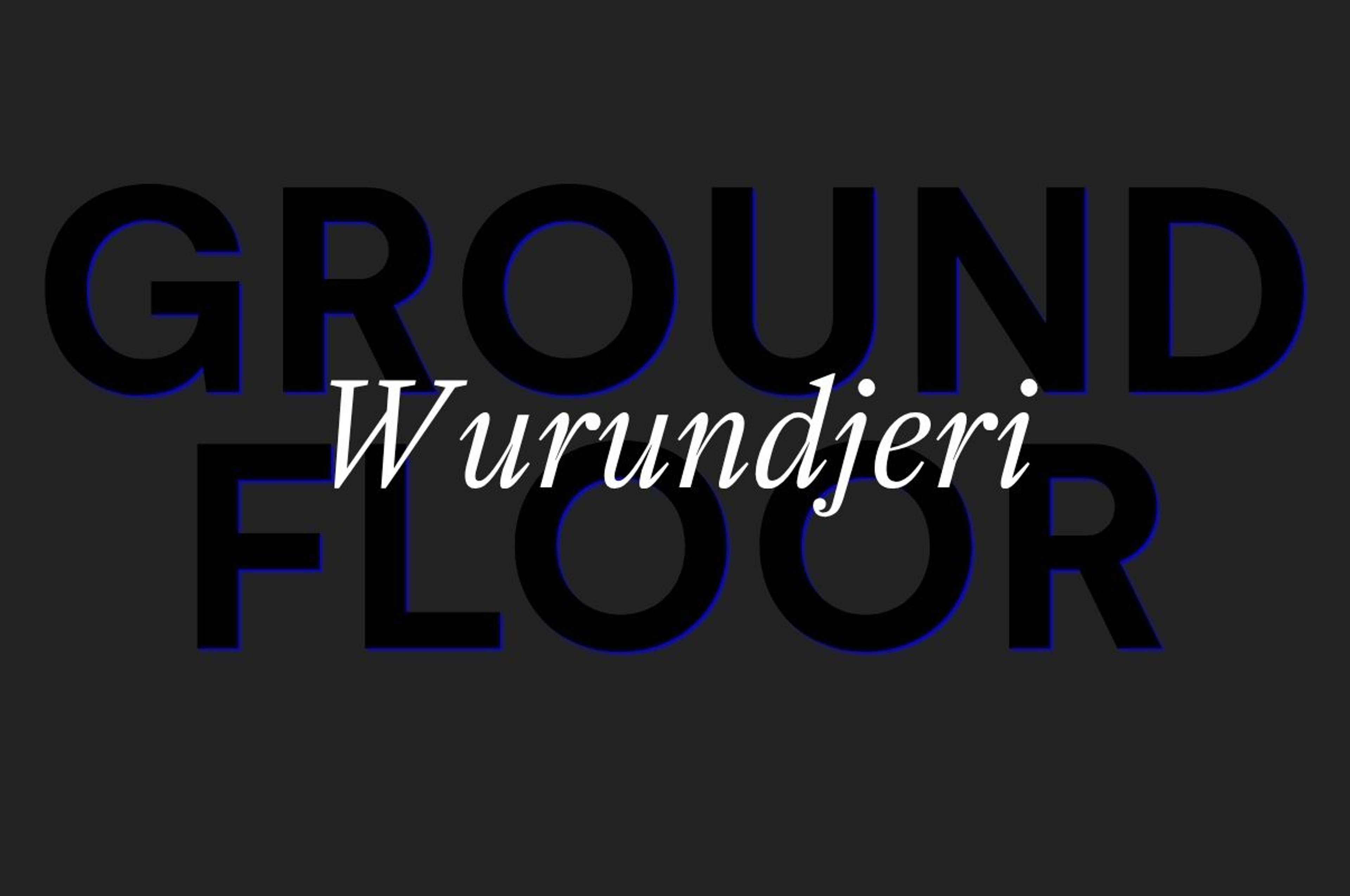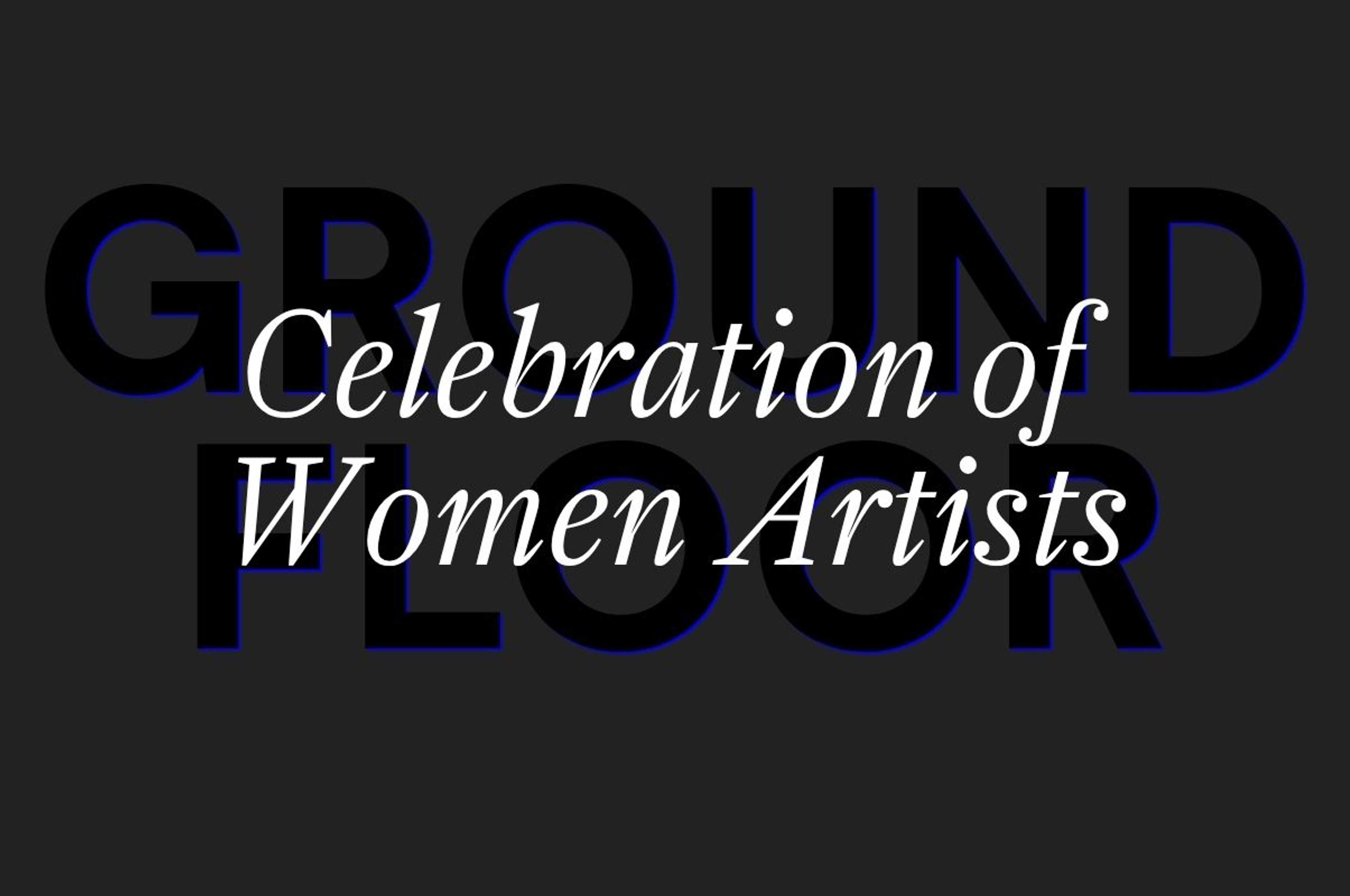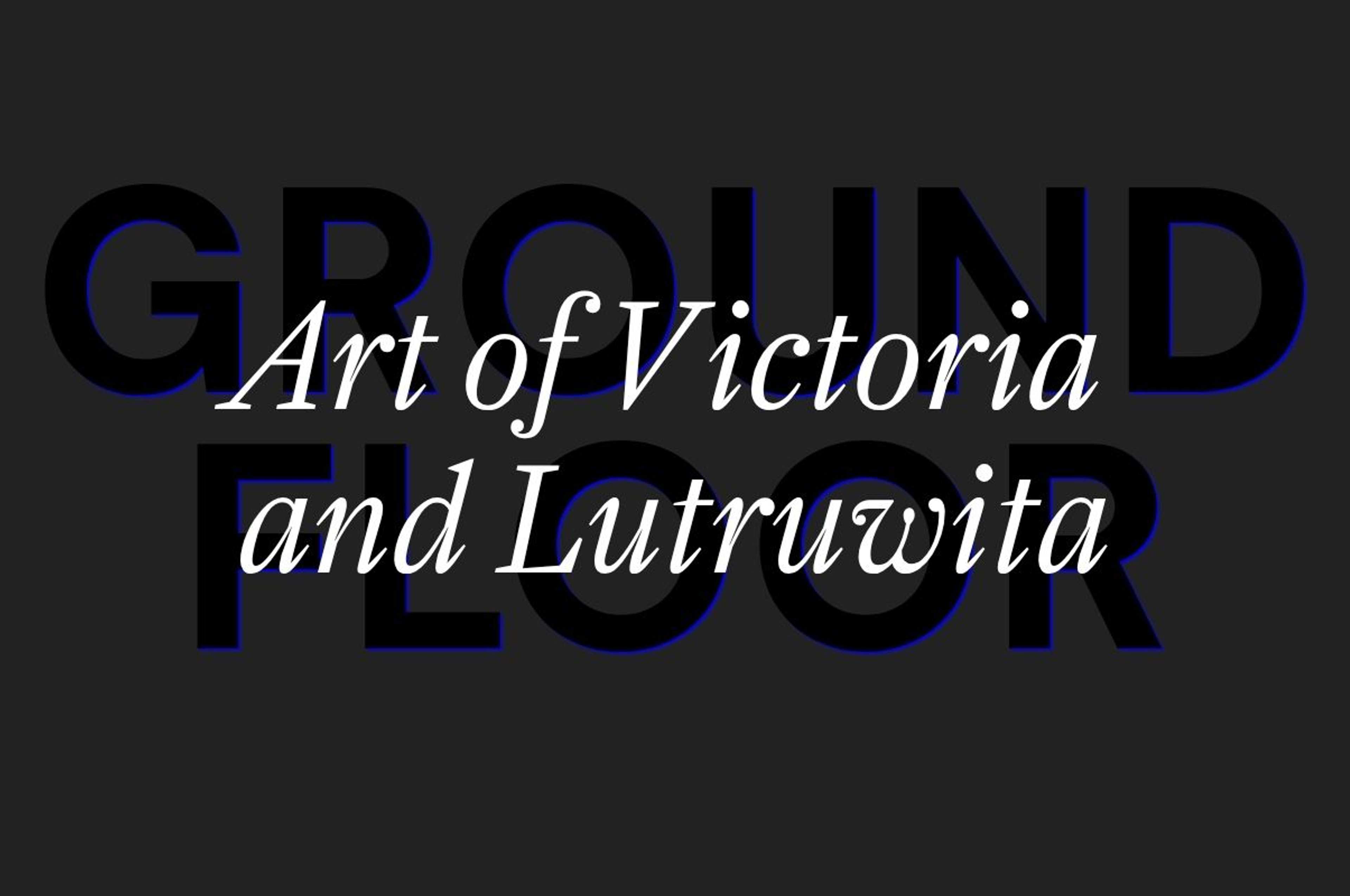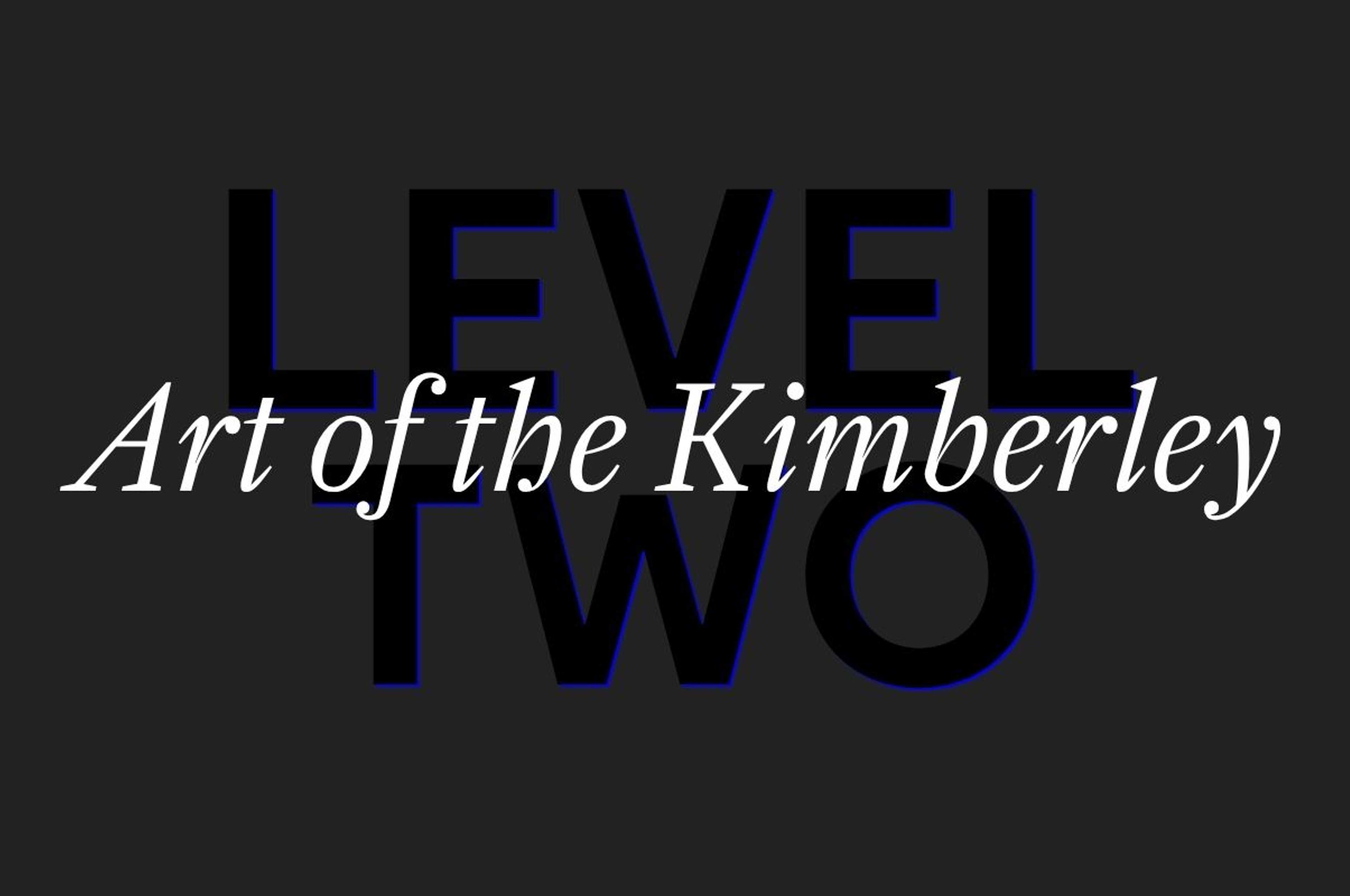Art of Central and Western Desert
Level One
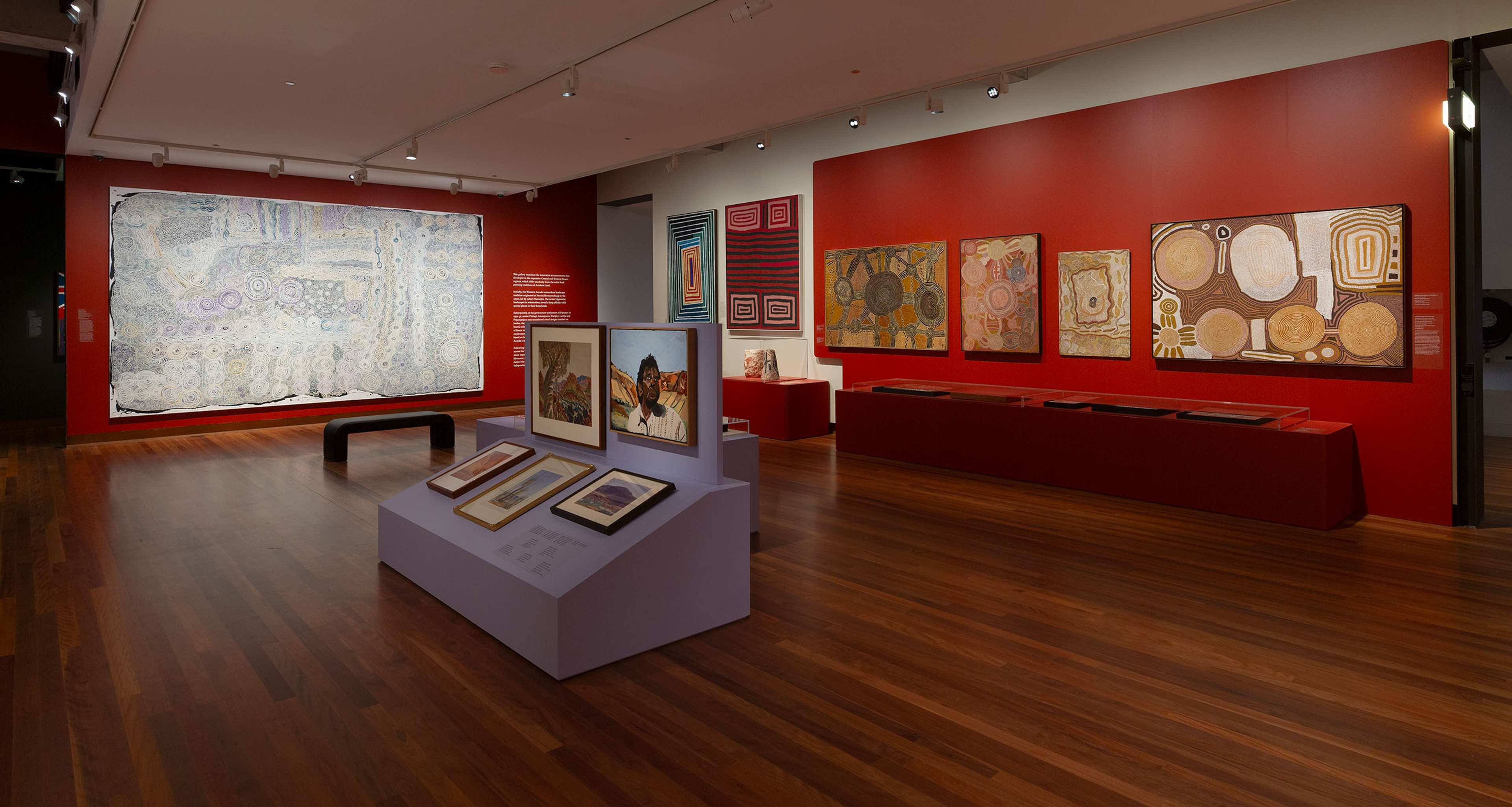
About the room
This gallery examines the innovative art movements that developed in the expansive Central and Western Desert regions, which differ markedly from the ochre bark painting traditions of Arnhem Land.
Initially, the Western Aranda watercolour landscape tradition originated at Ntaria (Hermannsburg) in the 1930s, led by Albert Namatjira. The artists’ figurative landscapes in watercolour, reveal a deep affinity with special places in their homelands.
Subsequently, at the government settlement of Papunya in 1971–72, senior Pintupi, Anmatyerre, Warlpiri, Luritja and Pitjantjatjara men transferred ritual designs marked on bodies, the ground and objects onto offcuts of composition board, using shiny acrylic and enamel paints. Composed of linear markings and dots, these revolutionary works confounded Western preconceptions of Aboriginal art based on bark paintings of Arnhem Land or Western Aranda watercolours.
Following these early experiments at Papunya, artists across the Western Desert embraced the opportunity to share important stories of Country, ceremony and kinship. Moreover, from the late 1980s, Aboriginal women, long denied the opportunity to paint, emerged as innovative, independent artists of spirit and daring.
Artist Statement
Betty Muffler and Maringka Burton on Ngangkari Ngura (Healing Country) 2022
We two ngangkari (Aṉangu traditional healers) painted this together ... Our collaborative painting is about healing the sick, our work as ngangkari and the ways the two of us work together as ngangkari. We two women are healers, we have the hands to heal. This is ngangkari country – it’s healing, it’s good. Each of us has painted the country where we were born and belong. These places are an essential part of each of us. Maringka paints Anumara Piti, the caterpillar tjukurpa site, where she was born. She paints the big rock holes with the linking paths taken by the green Anumara caterpillars, creating country.
Betty was born at an emu site, a place of emus named Yalungu. Her birthplace is only significant for this one tjukurpa. They’re plain as day there, those emus, their tracks walking along. She has painted the emu’s tracks … She is a strong kungka (woman). She survived the bombings at Maralinga, but many of her family didn't. It's a terrible and sad story. We need to heal this country and give more respect to the land.
– Maringka Burton and Betty Muffler, 2022

